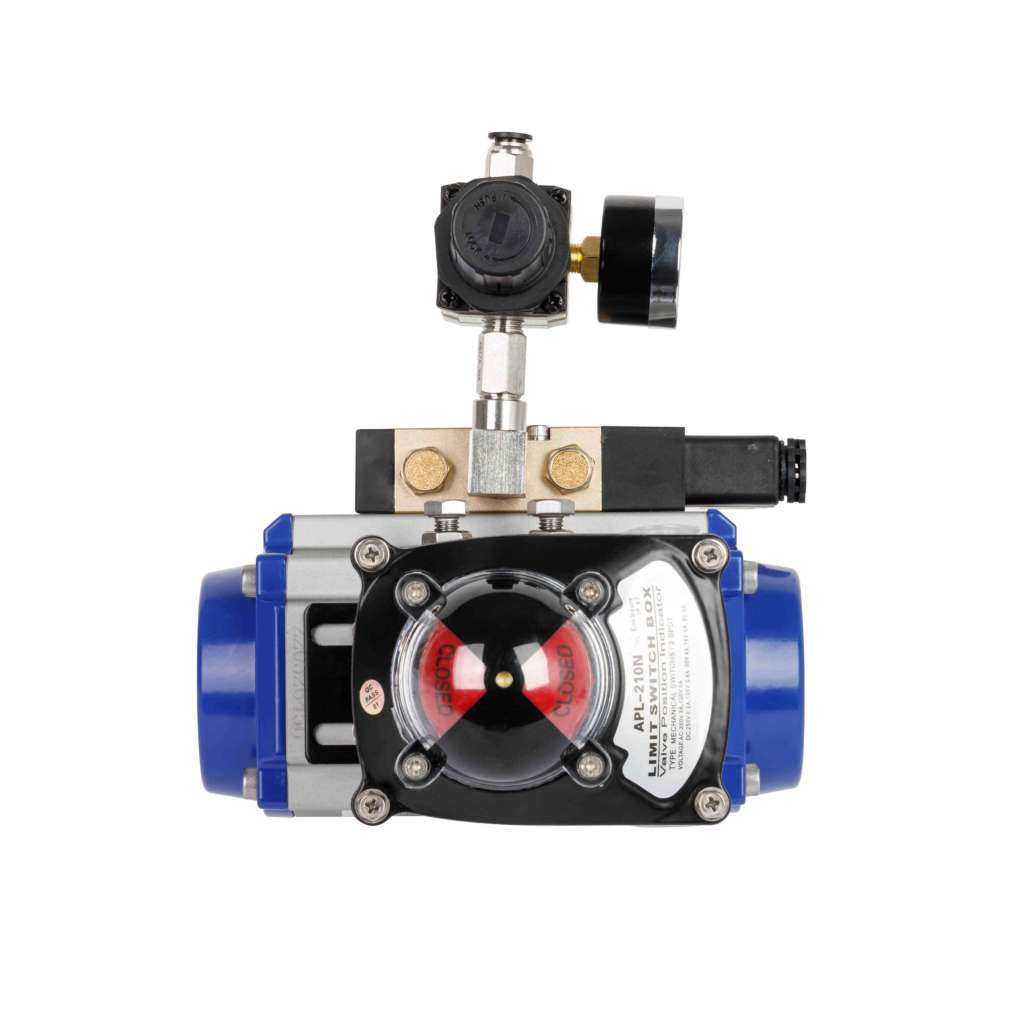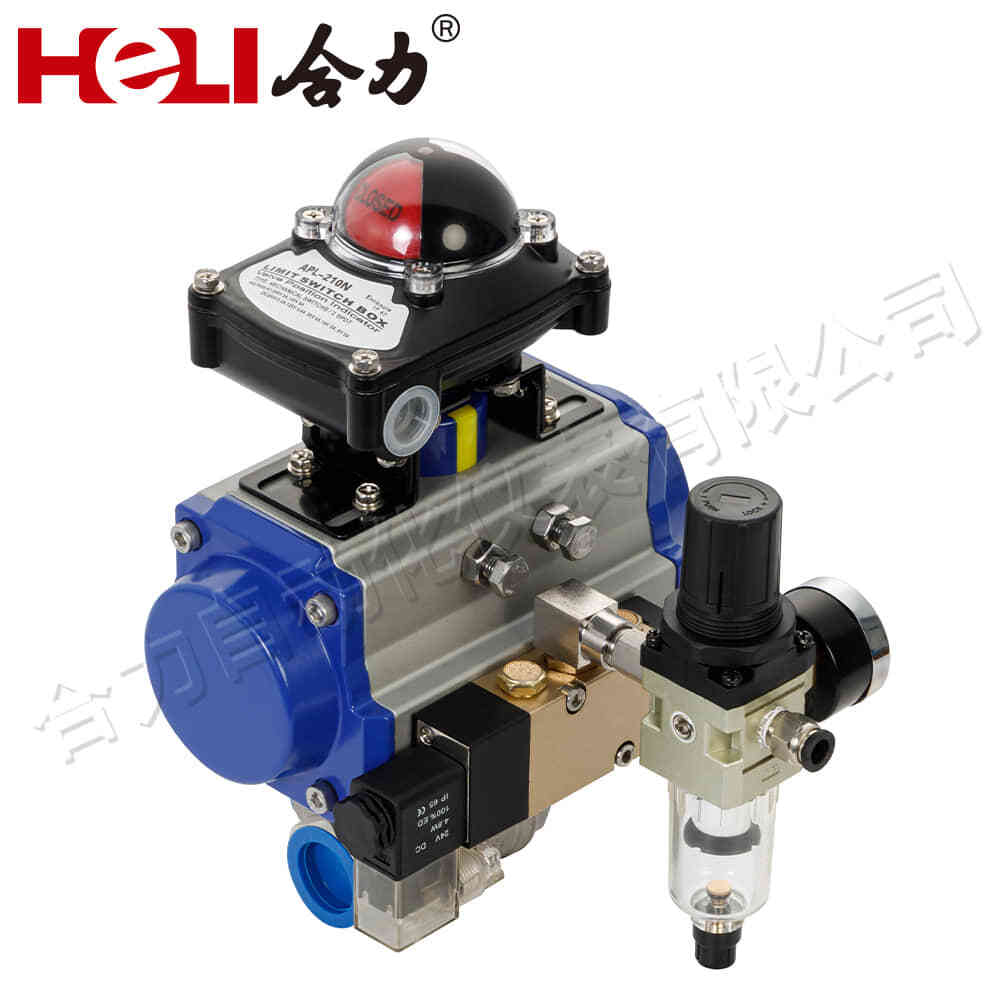understanding pneumatic actuators: principles, applications, and benefits
Release time:2025-05-20 15:28:30

Pneumatic actuators are widely used mechanical devices that convert compressed air into linear or rotary motion. They play a crucial role in various industries, including manufacturing, automotive, food processing, and pharmaceuticals, where efficient and reliable automation is required. This article delves into the working principles, types, applications, and benefits of pneumatic actuators, offering insights into why they are indispensable components in modern automation systems.

Working Principle of Pneumatic Actuators

The basic function of a pneumatic actuator is simple: it uses compressed air to generate force that moves mechanical components. The actuator typically consists of a cylinder, a piston, and a series of seals. When compressed air enters the cylinder, it pushes the piston, creating linear motion. The force exerted by the air is converted into mechanical energy, which can then be used to drive machinery, open valves, or perform other tasks depending on the design of the system.



